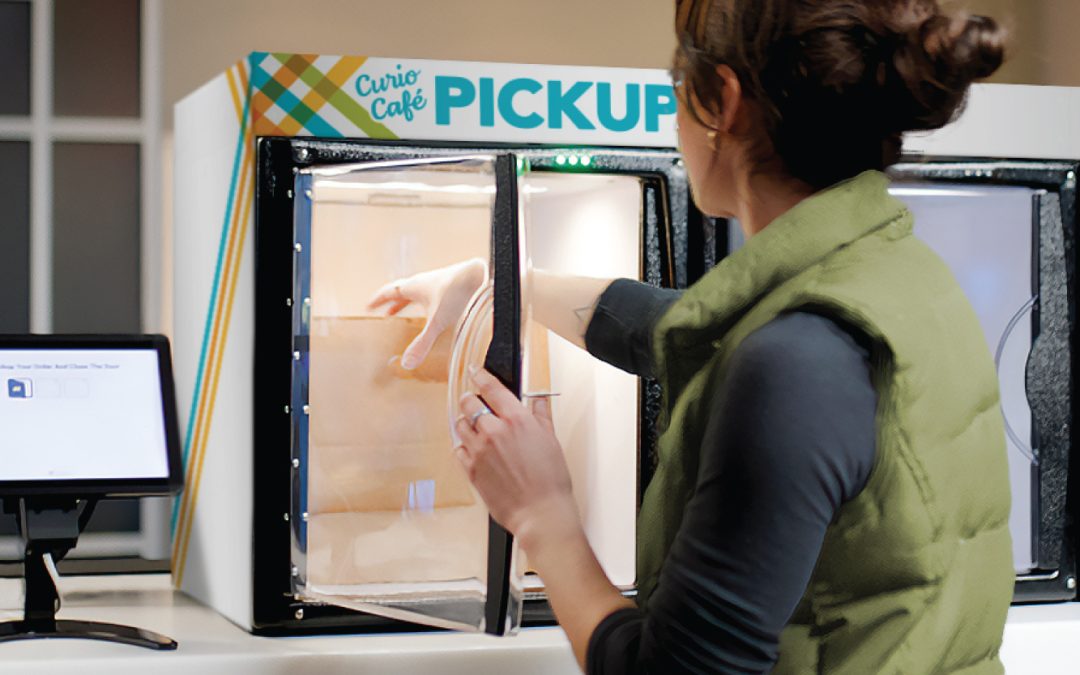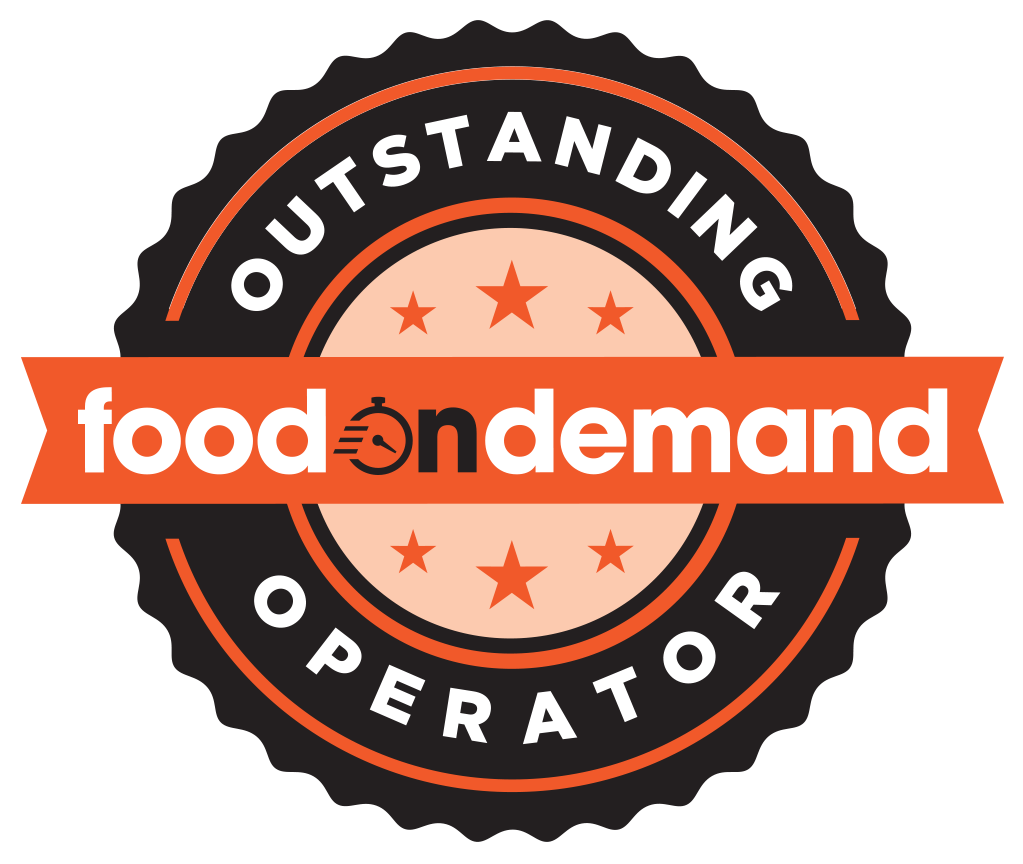Kent Savage has heard countless variations of the same story. And each time it galls him.

Kent Savage, founder and executive chairman of Apex Order Pickup Solutions
“I spoke with a lady here in Miami, who told me about babysitting her three grandchildren,” said the founder and executive chairman of Apex Order Pickup Solutions in an interview. “She ordered their favorite dishes. Everyone’s arrived but not the one for the youngest, the 9-year-old, who started crying. The grandmother said, Don’t worry, you can have mine.. But the child doesn’t want hers. How do you make that right?”
You can’t. You can offer free store credits and profuse apologies until the cows come home. But you can’t. “You can’t un-ring that bell,” Savage said.
He feels Apex offers a better way, at least for consumers willing to get in their car.
Pickup lockers. The lockers can be arranged horizontally or stacked vertically with as few or as many units as needed.
“Think of them as Lego blocks,” he said. “You can have two beside each other, three standing on top of each other, all kinds of combinations. And they can be added to if volume grows.”
He gives an example of a customer, without revealing the name.
“A large QSR uses nine Array compartments in two of its restaurants to serve delivery drivers,” he said. “They have had a total of 42,000 order pickups in less than two and a half months. That’s a hell of a lot of volume. Hundreds and hundreds of orders every day.”
The lockers can be tucked into a layout with subtlety, either sitting on a countertop, mounted in a wall, or installed in a free-standing grid.
Each compartment is monitored by Apex Order InSight technology to provide visual evidence of order loading and pickup. The technology is embedded into each unit, eliminating the need for fixed frames or complex infrastructure. Once assembled, each Array solution operates as a cohesive system that is managed centrally through a technology platform for a seamless pickup experience. The platform integrates with a brand’s existing mobile ordering and order management system to ensure that every order is accurate and complete before being placed in the compartment. It also helps optimize order fulfillment and labor efficiency by providing metrics about order completion and pickup times, average order dwell times, peak dayparts, and individual store or chainwide performance.
“Each order tells a story,” he said. “What did the customer order, when was it ordered, when was it made available, when was it picked up, was it picked up by a third-party delivery provider, how long did it sit there. All those kinds of things. We capture all that,” he said. “Brands can tie these inputs into their marketing and loyalty programs.”
Savage estimates the lockers can free up one associate per hour per day. He’s seen the lockers thrive on university campuses. “Colleges were some of our early adopters,” he said. But he knows this big game are restaurants. And he feels Apex’s pitch is fully in place.
“Shorter lines mean higher revenue,” he said. “If you serve your customers better and more smoothly and faster, you’re going to increase you revenue and reduce your costs at the same time.”


